In 1963, a man living in the Turkish city of Derinkuyu (meaning deep well) in the Anatolia region of Turkey decided it was time for some home improvements.
He kept chickens in the basement under his house, and they kept disappearing through a crack in one of the walls. He decided to build a new wall.
He took a sledgehammer to demolish the cracked wall. Behind it, instead of the solid rock he expected, he was more than a little surprised to discover a dark tunnel.


That led to another tunnel, and another, and another, and eventually to a complex of tunnels linking large halls and chambers that extended beneath his home for an astonishing 18 stories and almost 300 feet straight down.
Subsequent archaeological investigations revealed that this was nothing less than a vast, secret subterranean city that may once have been the home of up to 20,000 people.
To date, we don’t know for sure who built this underground complex nor when it was first occupied. Are you ready to enter the astonishing, mysterious underground city of Derinkuyu?
Background
The above-ground city of Derinkuyu is located in Anatolia, Turkey, on a high plateau north of the towering Taurus Mountains.
This rugged landscape is formed of relatively soft volcanic rock known as tuff that has been eroded into spectacular narrow towers and deep, hidden valleys in many places.
This soft rock also proved irresistible to the first humans who took up residence here, and man-made caves and cave houses abound.
The soft rock is relatively easy to carve, even using the primitive tools available to the earliest people in the region.
There are many advantages to living in a cave. Because they are built into solid rock, they remain at a temperature of 16 – 19˚ C throughout the year, avoiding both the heat of summer and the cold of winter.
They were also secure and relatively easy to defend from human attackers or marauding wild animals, an essential consideration for early dwellers.
The relatively consistent temperature also made these excellent places to store grain and other produce that might be affected by damp or extreme heat or cold.
It is no wonder that the Bronze Age residents of this area first began to carve caves and tunnels into the rock to create places to live and work.
In Anabasis, the most famous work by the Greek scholar and soldier Xenophon, written around 400 BC, he tells of whole communities in Anatolia living in underground spaces, with “a mouth like that of a well, but below they spread out widely.”
When the first Christians began to arrive in the area in the 1st century AD, they wanted places where they could live safely and securely and worship without interference. They, too, built whole underground communities, including large churches.
Some of the underground structures built in this area are truly impressive, but none come close to Derinkuyu’s sheer size, scale, and engineering expertise.
The Underground City Of Derinkuyu
The city beneath modern Derinkuyu appears to have been known by the ancient name of Elengubu, and the sheer scale of the underground complex is staggering.
It extends down several levels until it reaches almost 300 feet below ground level, equivalent to a 20-storey building buried in the ground.

The upper levels, which seem to have been used mainly as living quarters, are ventilated by over 50 large airshafts and thousands of smaller shafts, each around 10cm wide.
These ensured that the areas where thousands of people lived were always provided with plenty of fresh air, and the intakes and exhausts for these shafts were carefully hidden on the surface so that they wouldn’t be obvious to enemies.
The larger shafts also seem to have been used as a means of moving heavy goods between the levels, a kind of early freight elevator.
The upper levels also included space where cattle were kept, ensuring the ventilation system dissipated the smell and gases produced.
Lower levels seem to have mainly been used for storage, though there are also tombs, schools, wine and linseed oil presses and even one room that seems to have been used as a prison.
There are several larger rooms that were presumably gathering places, though we don’t know the precise purpose of many of them. There are also stables, though we don’t know how horses were persuaded to descend the narrow tunnels and steep staircases.
A number of deep wells within the complex give access to all the water needed to sustain a large population.
The one thing you won’t find in this underground city is toilets. For people who may have lived there for months at a time, that must have been a problem. The prevailing theory is that human waste was dealt with by sealing it in ceramic jars for later disposal.
Much of the architecture of this complex is designed to be defensive. There are three main entrances, each of which can be concealed from the inside by rolling across a heavy stone, making them virtually invisible to any enemy.
Even inside, the levels are laid out so that if an enemy were to occupy the upper levels, the lower levels could be isolated and kept secure.
Derinkuyu is a secret underground fortress where a whole population could take shelter in troubled times, which this region experienced regularly.
The Troubled History Of Anatolia
The earliest known inhabitants of this region were the Hattians and Hurrians, two indigenous people of Anatolia. However, in the 18th century BC, the Hittites, another people from Anatolia, conquered the Hattians and Hurrians and established an empire in this region.
That empire collapsed around the 12th century BC, and this region of Anatolia was occupied first by the Phrygians from the Balkans and then by the Assyrian Empire.
During the following centuries, this area was invaded by the Persian Achaemenid Empire, the forces of the Macedonian king Alexander the Great and the Roman Republic.
There was rarely a time when this region wasn’t under attack, and these culminated in the most devastating of all, an invasion by the forces of the Turco-Mongol leader known as Tamerlane.

Historians now believe that his armies may have killed around 17 million people, equivalent to over 5% of the total population of planet Earth at the time.
In the 15th century, Anatolia became part of the growing Ottoman Empire, but even that didn’t bring peace.
There was continuing friction between the Ottoman conquerors and the Greek and Armenian people in Anatolia, which resulted in a series of massacres during World War One that saw most Greeks and Armenians expelled or killed.
There can be few regions of the world that have a history of violence equal to that of Anatolia.
Who Built The Underground City?
Since this site was discovered, historians have been fascinated by the question of who built the underground city of Derinkuyu.
After much study, it now seems likely that this complex wasn’t built at one time or by a single person but gradually expanded over the course of centuries by different people.
The earliest artifacts found within the complex are Hittite, dating from the 18th—12th centuries BC.
At one time, this led to an assumption that the complex may have been built by these people, but more recently, it has been suggested that while the Hittites may have expanded Derinkuyu, it probably already existed when they first arrived in this region.
Likewise, the later Phrygians and the Assyrians also seem to have enlarged the complex. In the first century AD, Christians began to arrive in Anatolia, fleeing persecution in other areas.
They, too, built underground refuges, and it seems likely that they also used and possibly expanded the complex (what appears to be a Christian church exists on the lowest levels of Derinkuyu).
Christians seem to have continued to use this as a place of refuge until the 20th-century expulsion of Greeks and Armenians from this area by the Ottoman Empire. In the 1920s, that event may have been the last time Derinkuyu was used as a refuge.
Another theory is that Derinkuyu is much older than these estimates suggest. During the Bronze Age, around 14,500 years ago, a comet struck the Earth, hurling debris into the atmosphere and changing the entire planet’s climate for several years.
It would have become significantly colder during this time (known as the Younger Dryas Event). It has been theorized that the people in this region may have responded by building an underground city to escape from the bitter cold.
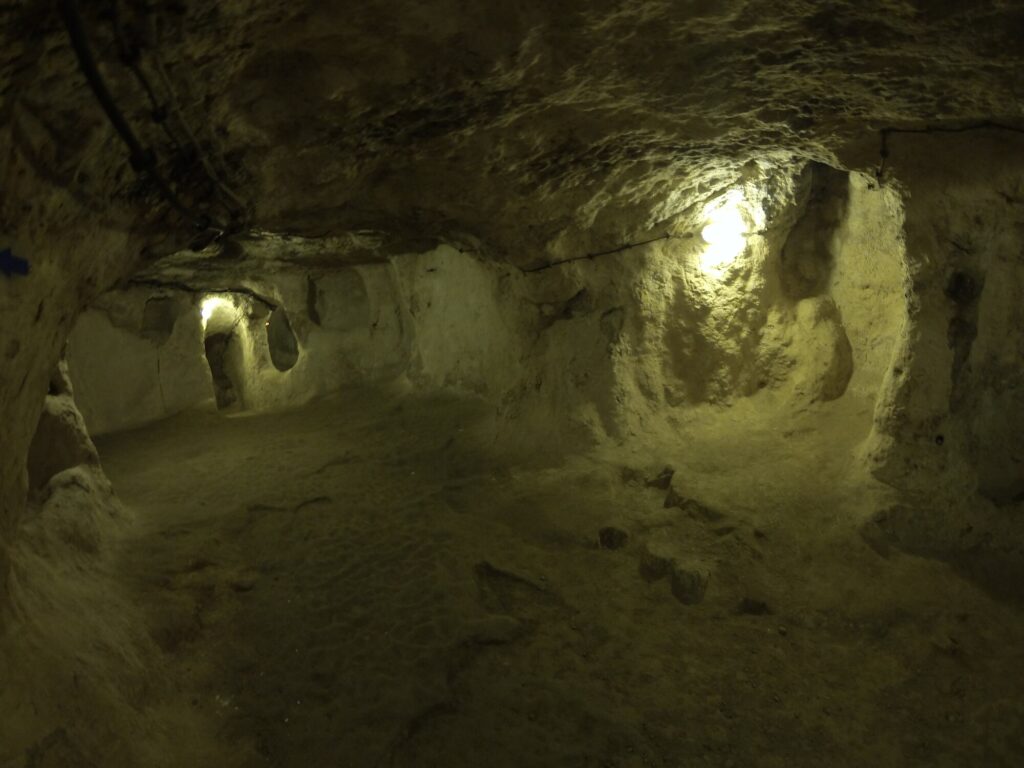
All we can say with confidence is that the building of this underground city would have represented a massive engineering project for whoever undertook it. It must have been carved out of the rock using primitive hand tools.
It is incredibly well-built, and none of the tunnels or larger rooms in Derinkuyu have ever collapsed, a testament to sound design and careful engineering.
Conclusion
Derinkuyu is genuinely astonishing. But one of the most surprising facts is that it isn’t unique! Tunnels extending over 9km underground link Derinkuyu with other large underground complexes.
Since its rediscovery in 1963, different, even larger underground complexes have been found under the soft rocks of Anatolia.
As recently as 2015, it was announced that a new, even larger, and more impressive underground complex had been discovered near Derinkuyu, in the Nevsehir region of Anatolia.
Historians estimate up to 200 underground cities in the region, though others may still be undiscovered.
Derinkuyu was opened to visitors for the first time in 1969 and was declared a UNESCO World Heritage Site soon after.
Today, you can visit around half of the underground city, though you’ll need an experienced guide if you want to avoid becoming lost in the vast labyrinth of caves and tunnels!
Sources
https://www.atlasobscura.com/articles/derinkuyu-turkey-underground-city-strange-maps
https://www.ancient-origins.net/ancient-places-asia/derinkuyu-0073

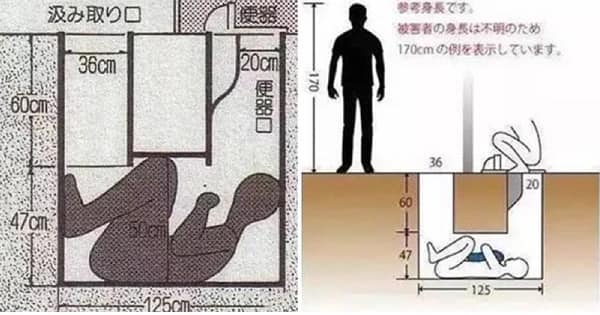


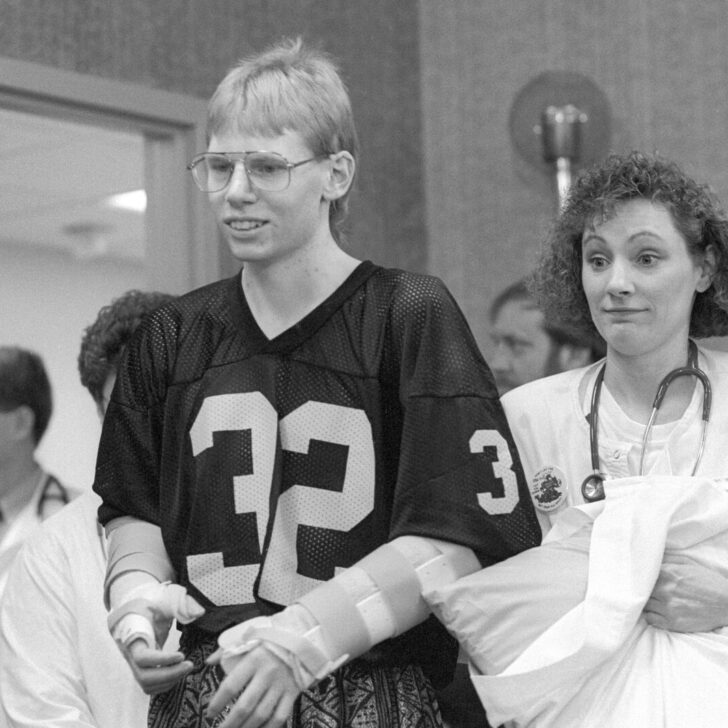
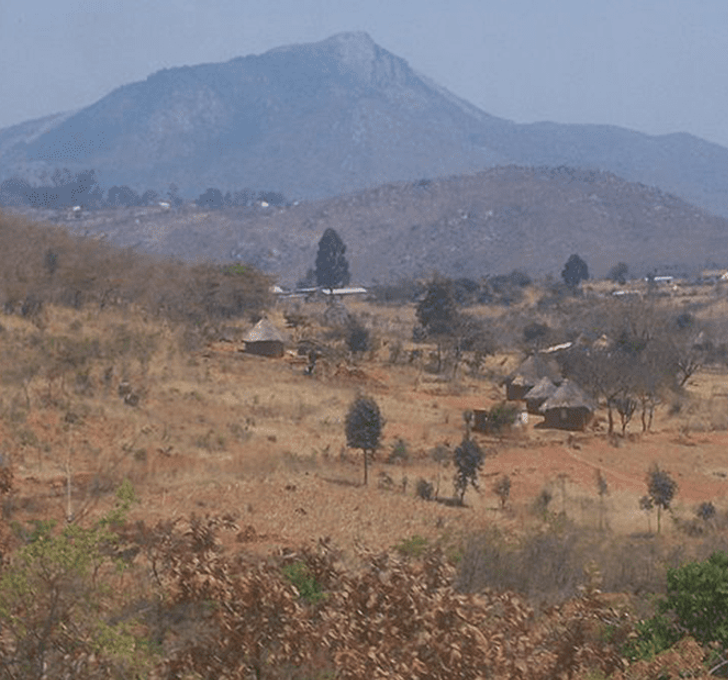




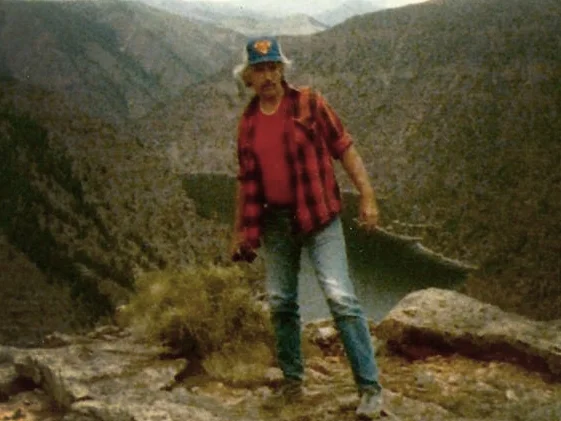
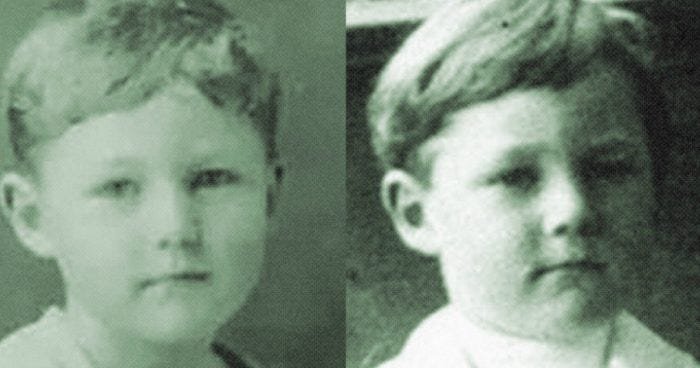

Leave a comment